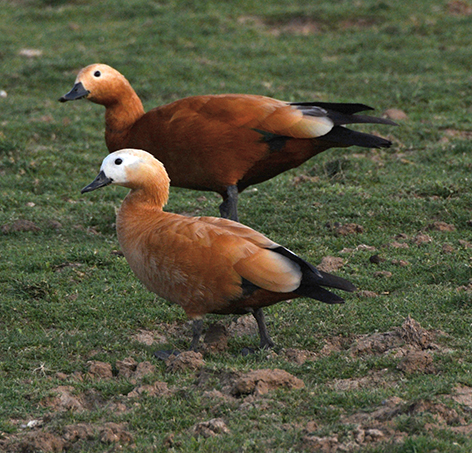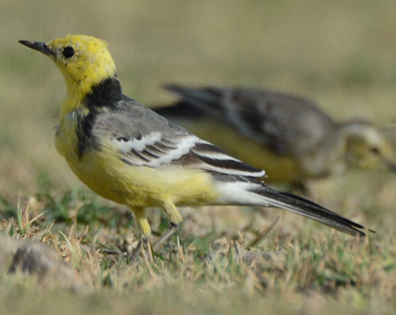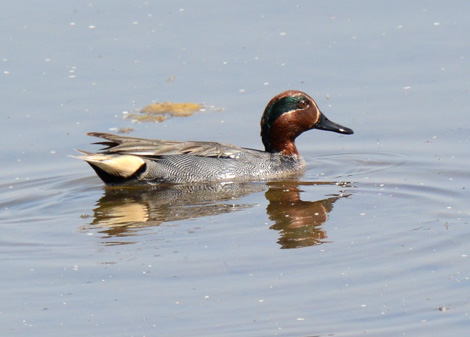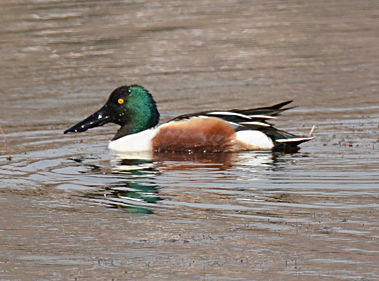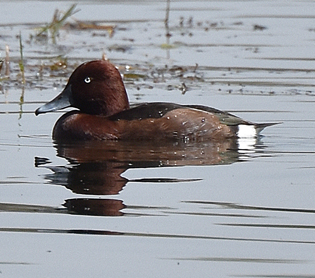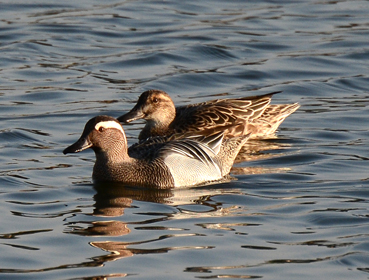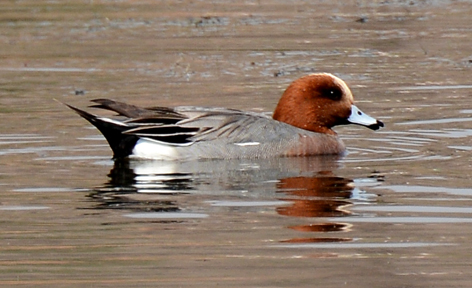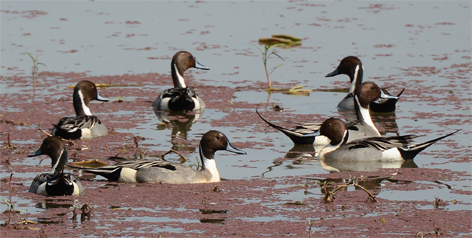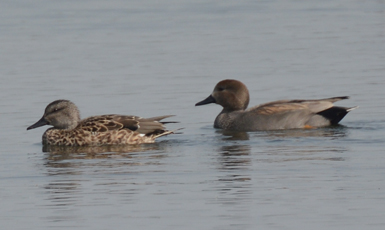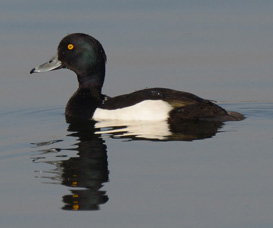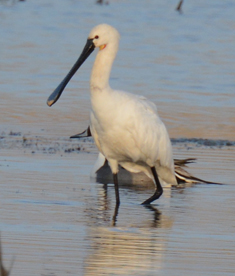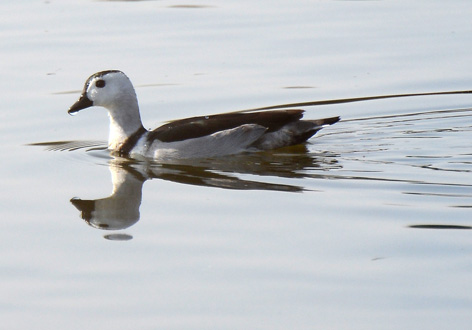These are the birds you can expect to see around lakes and ponds in Rajasthan. Selected from the many photos I have taken whilst visiting India, all of the images were taken Rajasthan, mostly in the Udaipur area...... a very good starting point for bird photography or bird watching. November to February is the best time to visit as it is a major area for winter migrants.
More information is provided at the bottom of the page.
All photos ©Keith Rawling 2010-2016
Updated 13/12/16
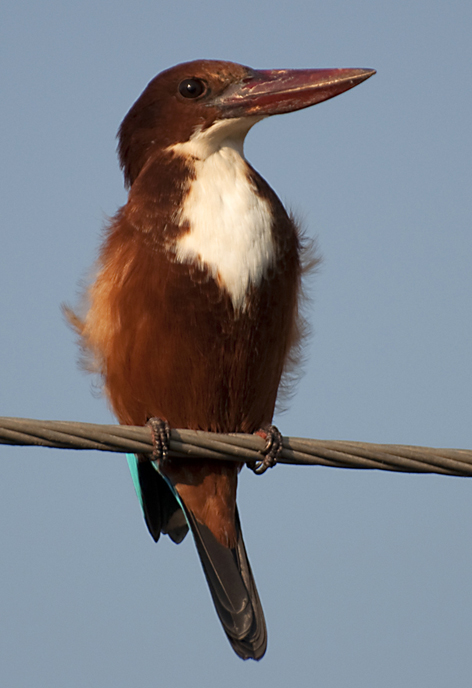
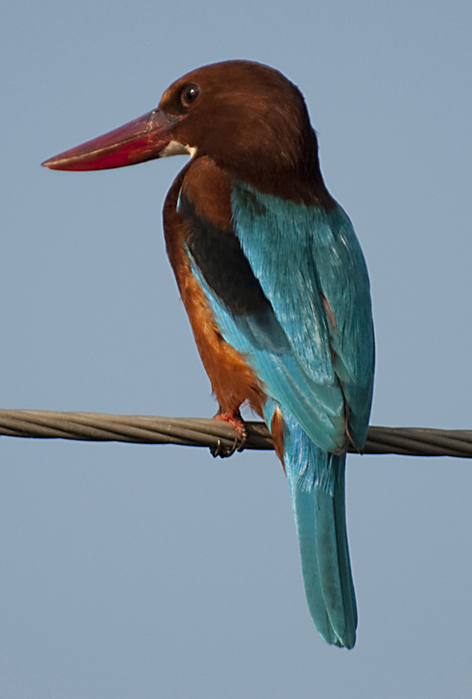

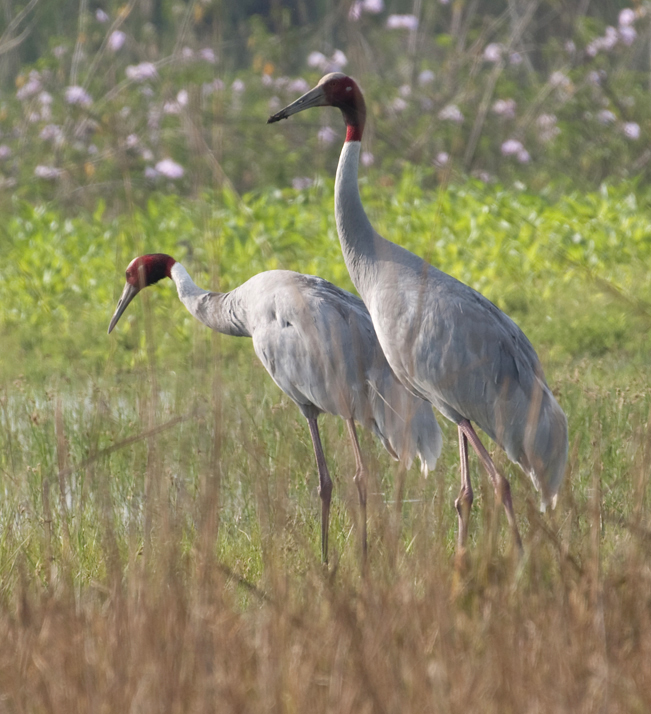

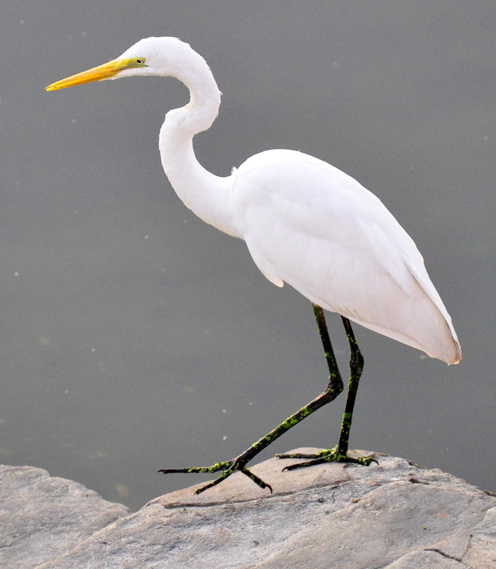
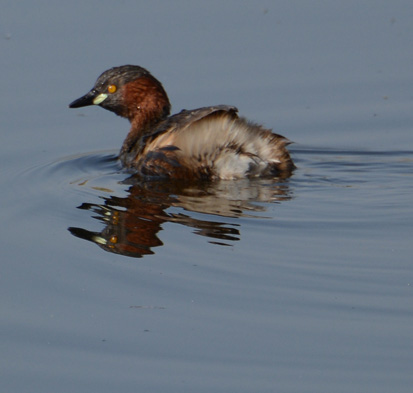



White Fronted Kingfisher
Stork Billed Kingfisher
Pied Kingfisher
Demoiselle Crane
Demoiselle Crane
Sarus Cranes, the largest of the three, mate for life and are rarely seen alone.
Red Naped or Black Ibis
The aptly named Painted Stork, use the group fishing technique to good effect.
Left: Young one shares a joke.
Black winged Stilt
Great Egret
Intermediate Egret
Little Grebe or Dabchick
Red Wattled Lapwing
White Fronted Waterhen

Little Egret
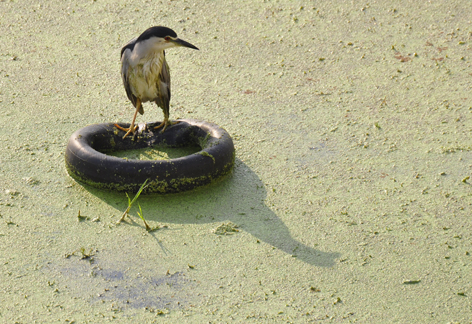
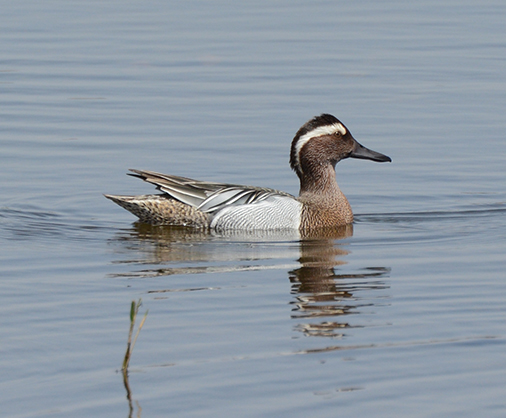
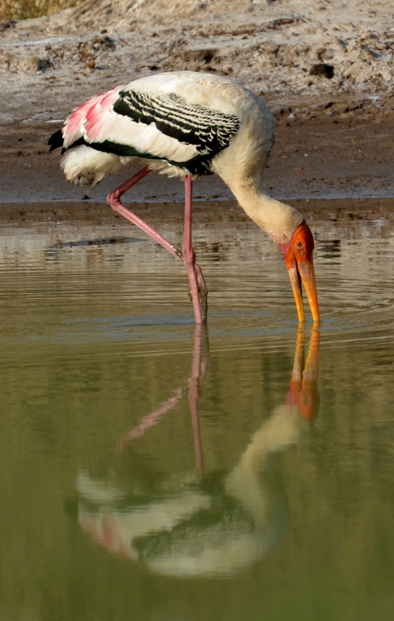
Gull Billed Tern
Gargany
The Spotbill Duck is probably the most often seen of the ducks in the area.
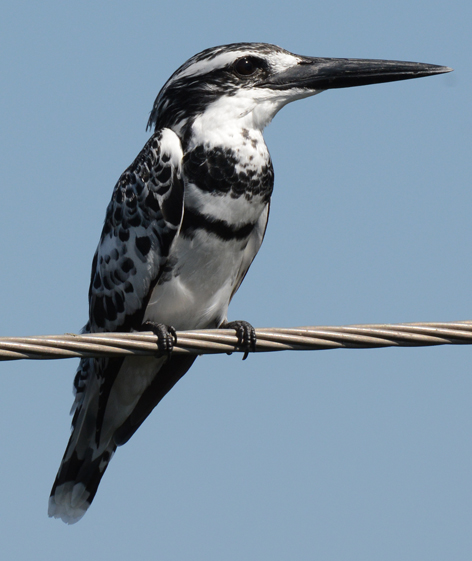
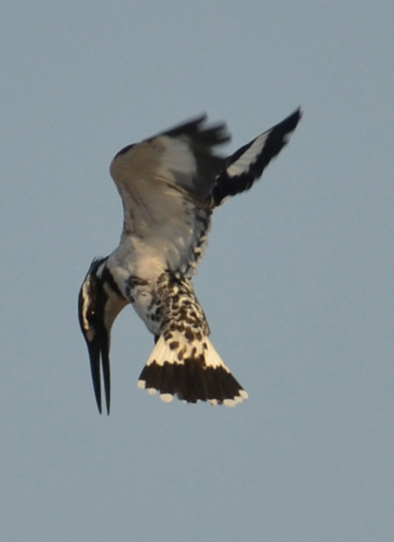
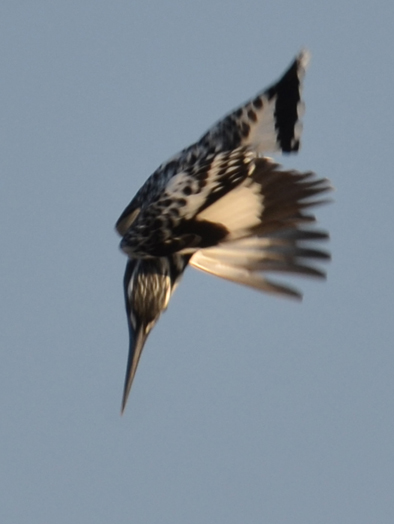
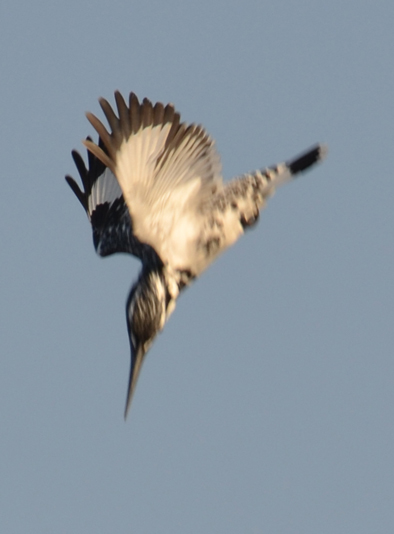
The Pied Kingfisher hovers before diving for fish

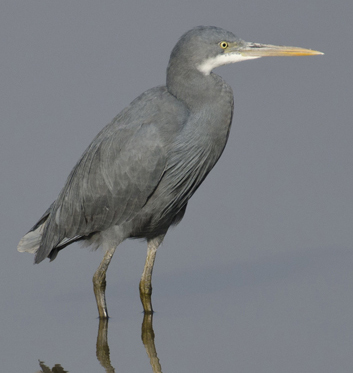
Western Reef Egret
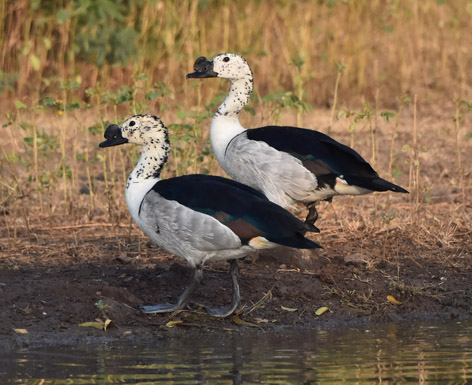
The Combe Duck is the largest of the ducks
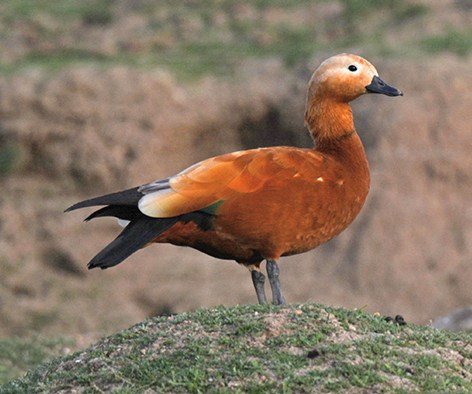
Ruddy Shelduck ..also known as the Brahminy Duck.
Black Crowned Night Heron using an inner-tube as a fishing platform
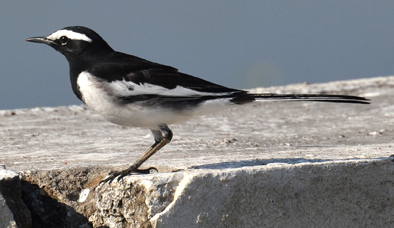
White Browed Wagtail
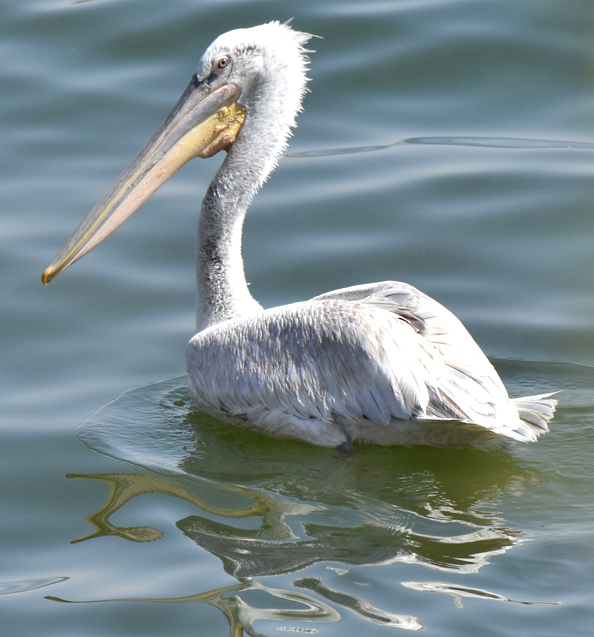
Great White Pelican

Greater Flamingo
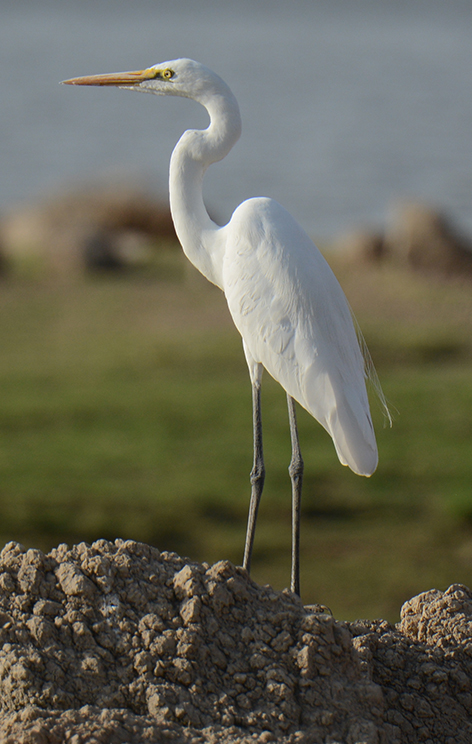

White Wagtail - (dukhunensis)
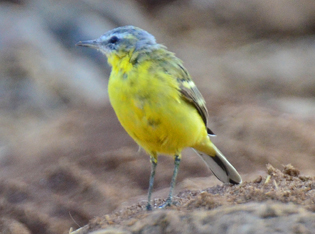
Yellow Wagtail - (Beema)
Darter
Photography on location by
Keith Rawling
Keith Rawling
Yellow Wagtail -imm - (thunbergi)
Citrine Wagtail - (Calcarata)
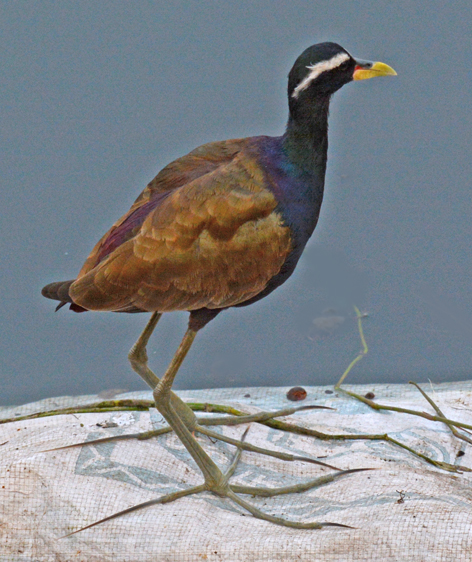
Purple Swamphen
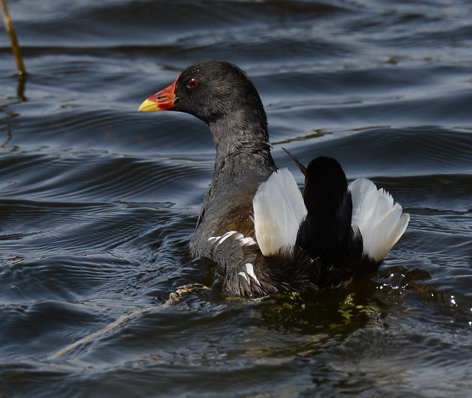
Bronze Winged Jacana
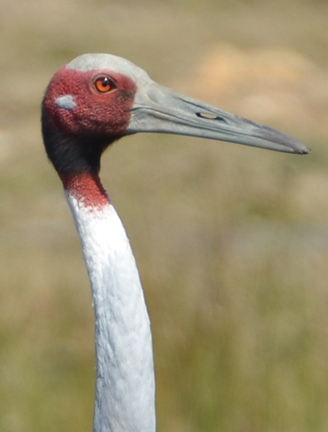

White tailed Lapwing
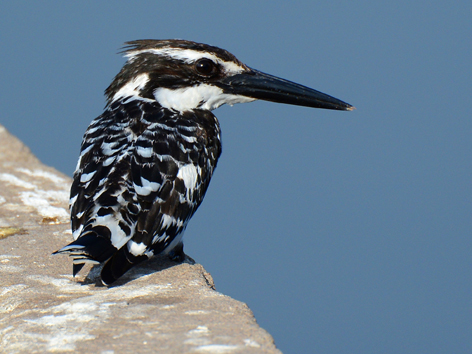
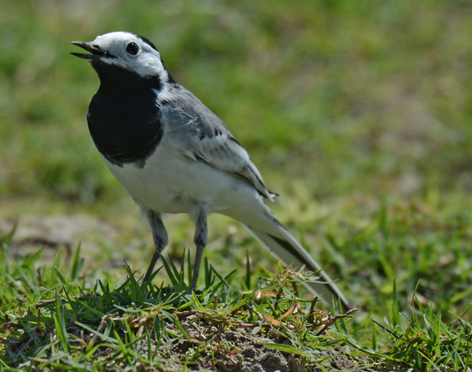
White Wagtail

Pochard
Furregenous Duck
Male Pintail
Udaipur is a great centre for birdwatching and bird photography. Around the lakes present good opportunities to spot something different and get close enough to get excellent photos. For the rarer species obviously it's better to get out in the countryside. A car or rickshaw make a very good hide. A lot of these photos were taken with Samshu. A good and trusted friend who knows the best places to get good photos.
I use 'Birds of the Indian Subcontinent' published by Oxford University Press as my main reference book. Easily the best book on the subject that I've seen. Consequently these species are named to align with this publication. I also consult 'Birds of India' - OM International Press. Both obtainable at the Strand Bookshop Mumbai.
Techie Info: For Bird photography in India I travel light, two cameras, and two lenses - attached. I don't like changing lenses in case dust gets in. Currently I take Nikon D7100s, a 28-300mm lens which I find easier to track the birds in flight, but I also have the new 80 - 400mm lens when I require that extra reach. Set to shutter priority (1000th) to capture movement and to limit camera shake. The light is fantastic so 100-200 ISO is OK most of the time.
These mages have been cropped and reduced for the especially for this web page. Full sized files suitable for publication, print or web are available. For further information contact me at:- keith.rawling@btconnect.com.
Lakes and Jheels
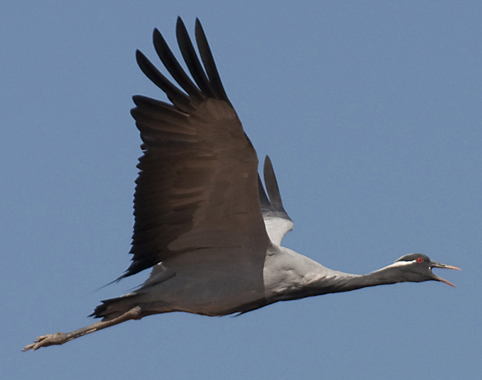
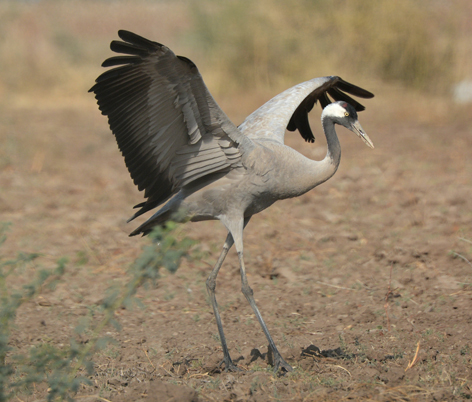

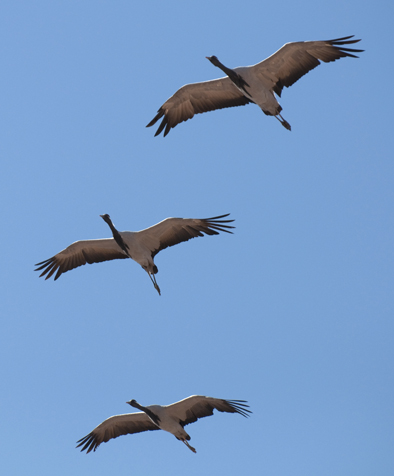
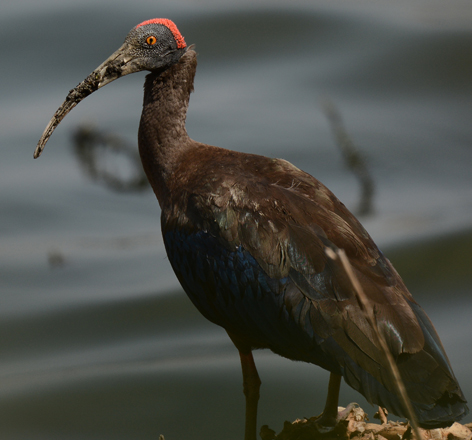
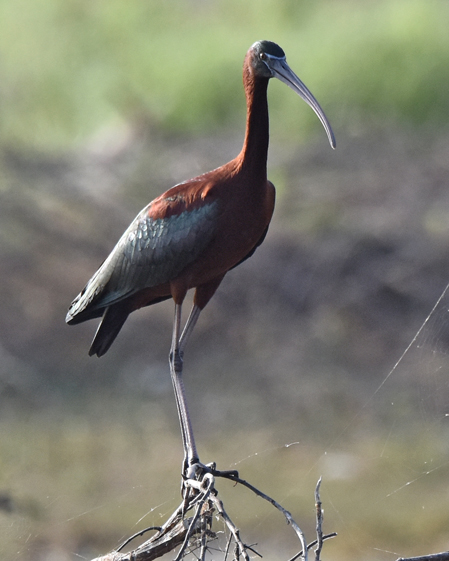
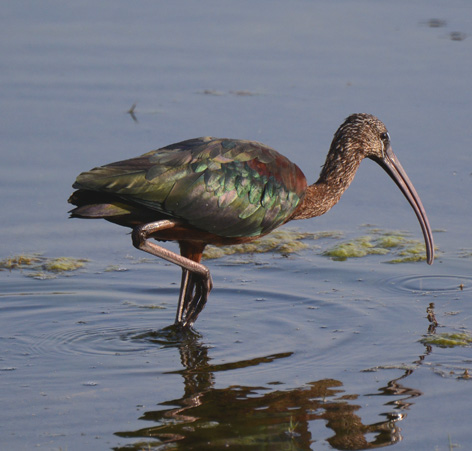

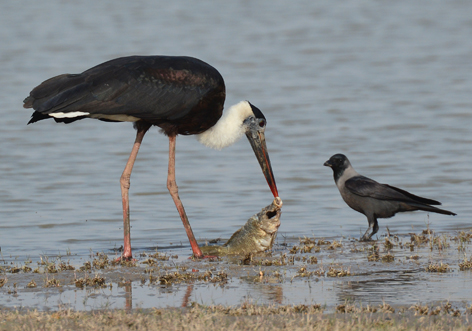


Woolly Necked or White Necked Stork
White Ibis
Glossy Ibis
Glossy Ibis
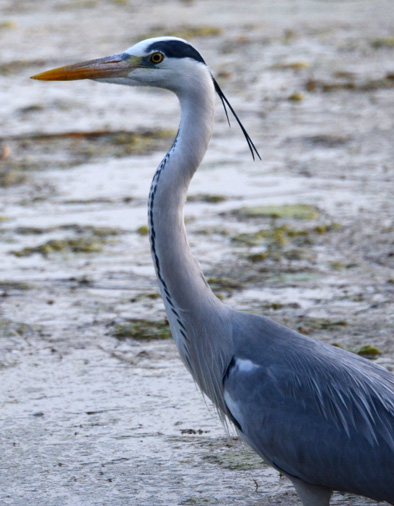

Little Ringed Plover
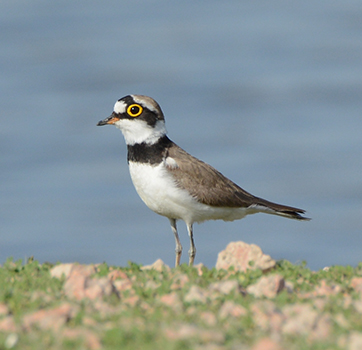
Common Sandpiper
Grey Heron

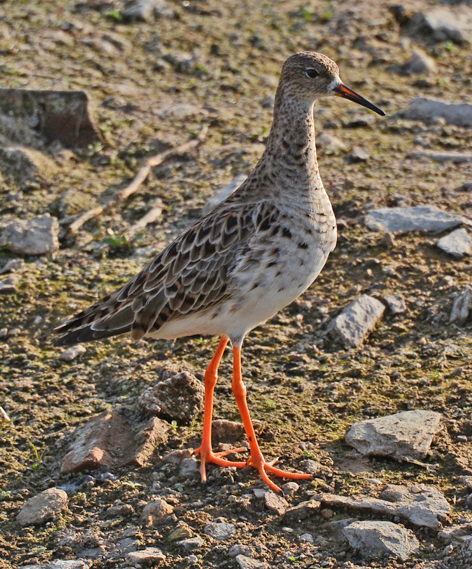
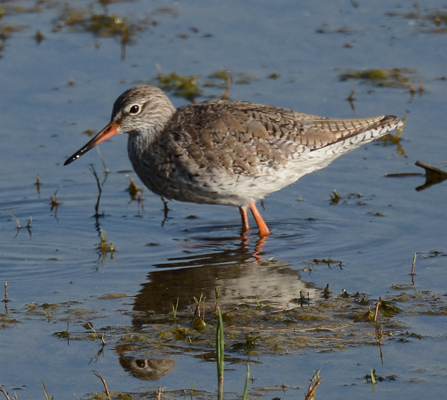
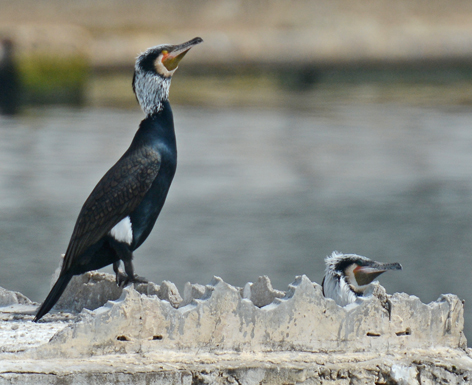
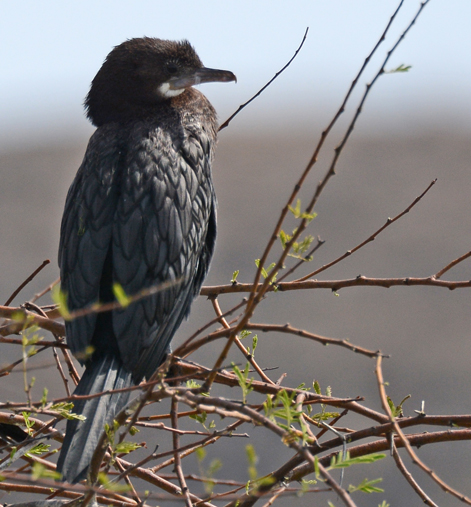
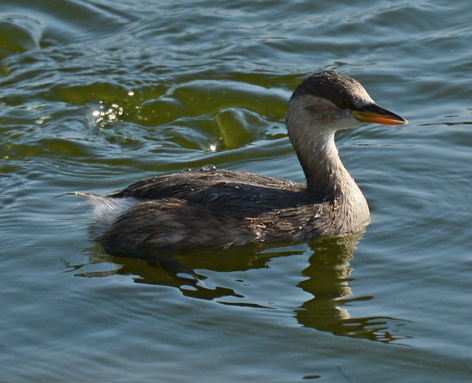
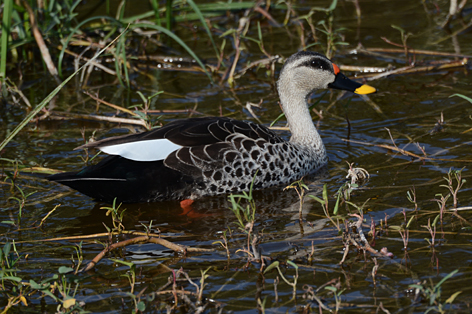

Common Crane
Common Crane
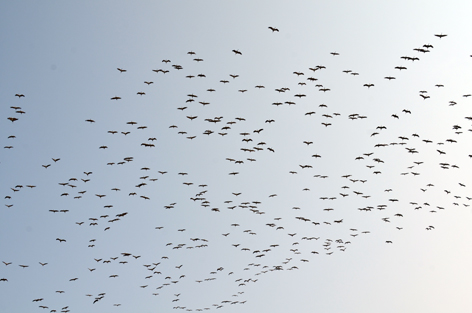
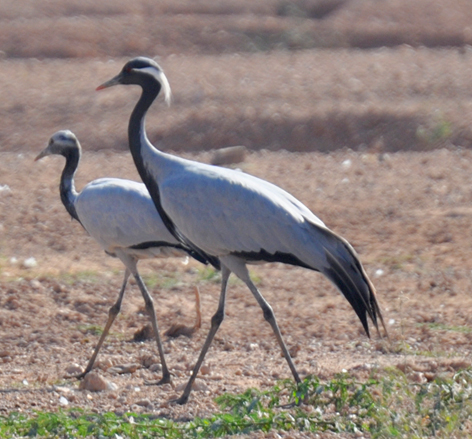
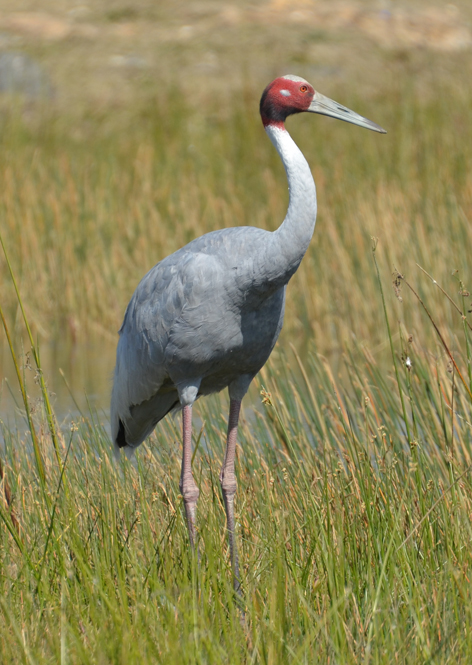
Demoiselle Cranes fly over the Himalayas from China to over-winter in Rajasthan and Gujarat. A fabulous sight and sound as they pass over-head in flocks of thousands. In several places villagers make 'feeding stations' along the route so they can feed and sleep in safely.
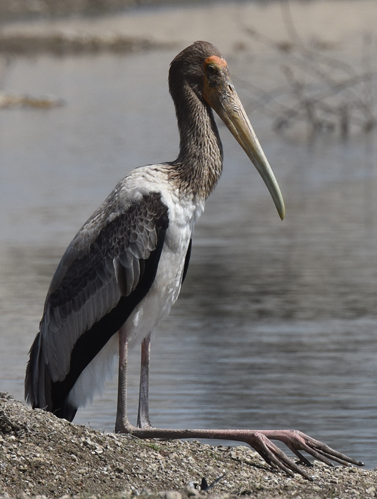
The Open Billed Stork's beak is shaped as it is to allow the birds to pick up the water snails that it exclusively feeds upon.
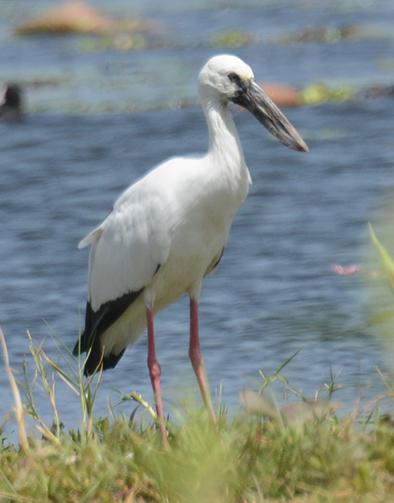
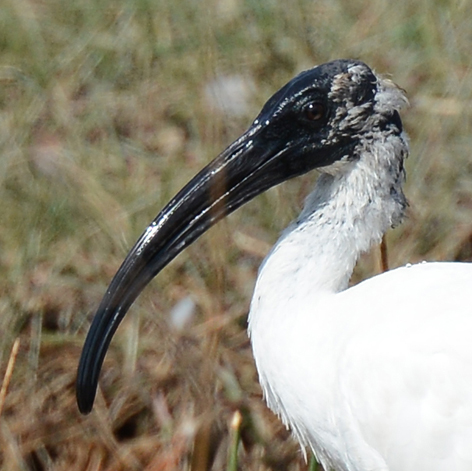
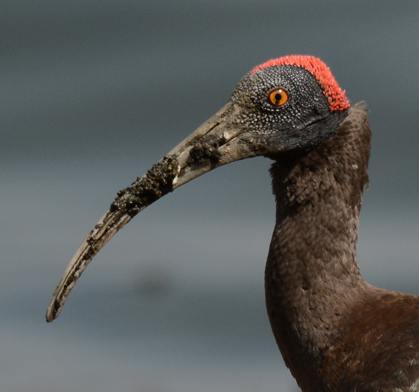
White Ibis
Greater Flamingo
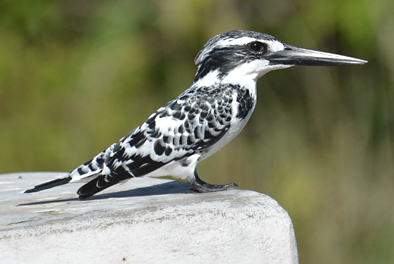

Pied Kingfisher
Common Kingfisher
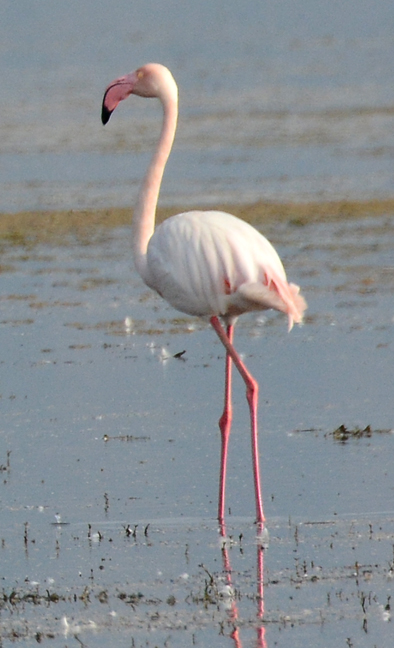

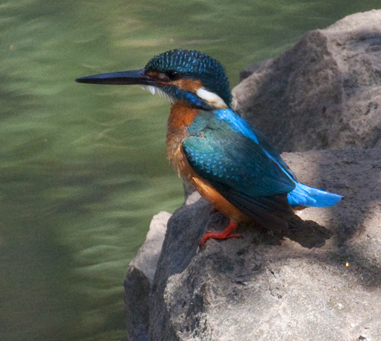
Common Kingfisher
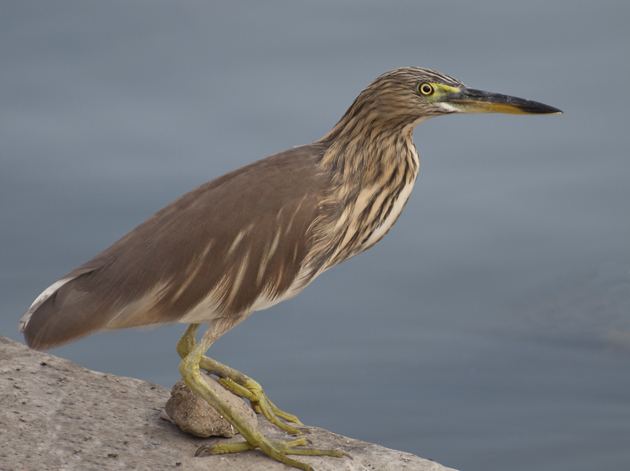
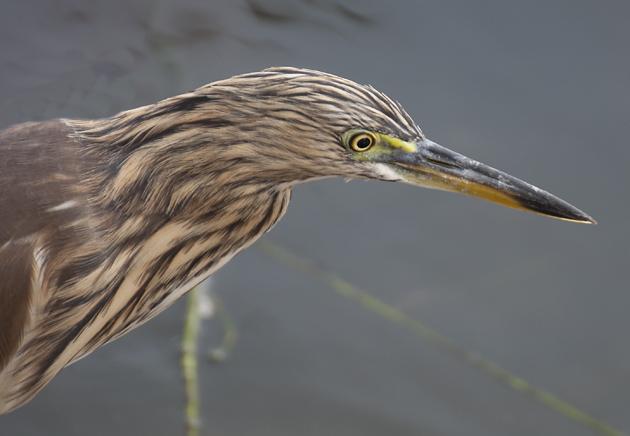
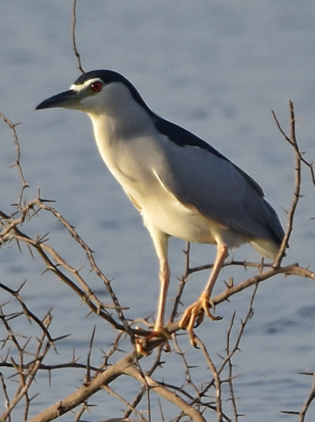
Indian Pond Heron or Paddybird

Greenshank
Redshank
Ruff
Black-Tailed Godwit
Wood Sandpiper
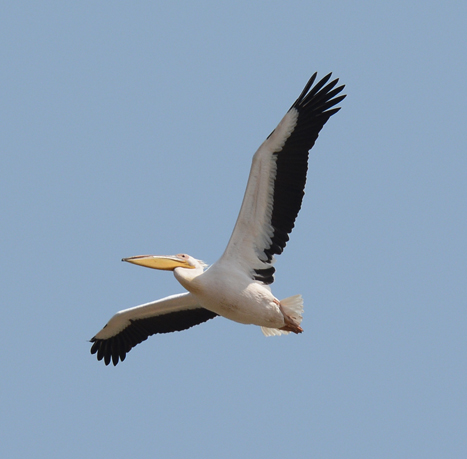
Great Cormorant
Little Cormorant
Dalmatian Pelican
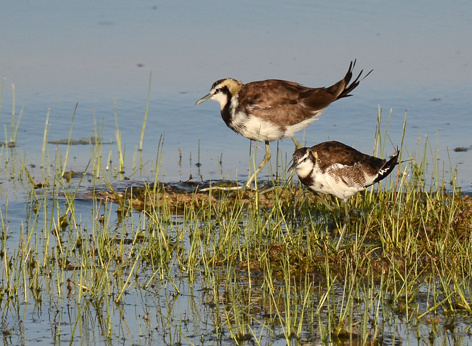
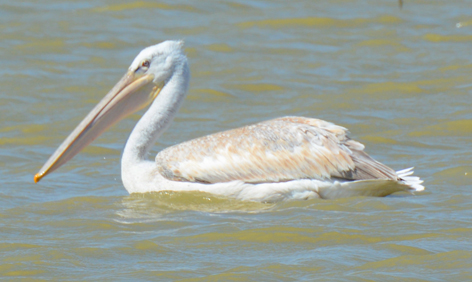
Great White Pelican
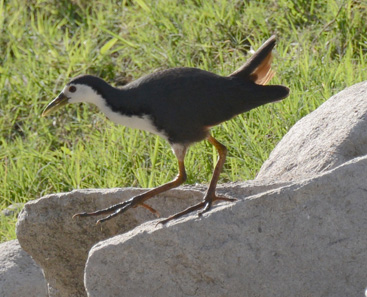
Pheasant-Tailed Jacana
Wigeon
Gargany
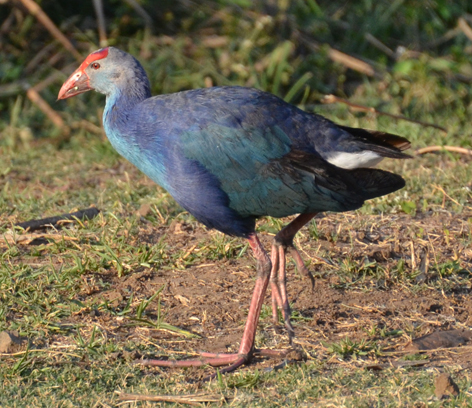
Female Pintail
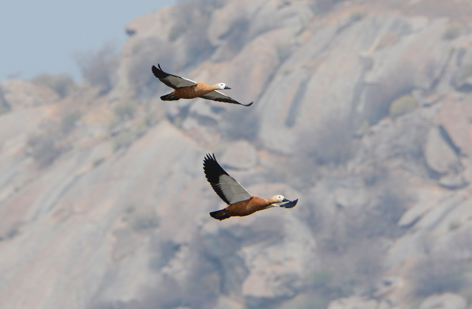

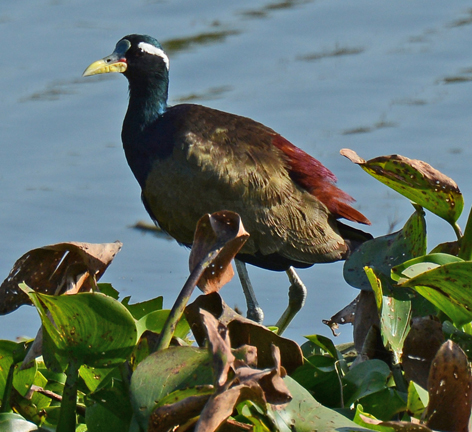
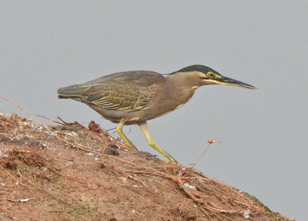
Purple Heron
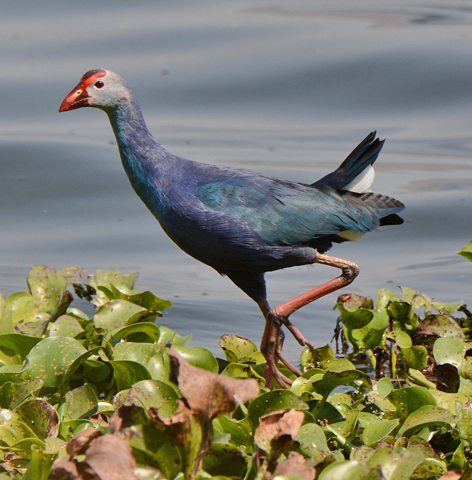
Moorhen
Male Shoveler
Cotton Pigmy Goose or Cotton Teal is the smallest of the Ducks (or Geese, depending on which book you refer to) either way it is definitely the cutest.
Common Teal
Tufted Duck

Great Thick-knee
See also:
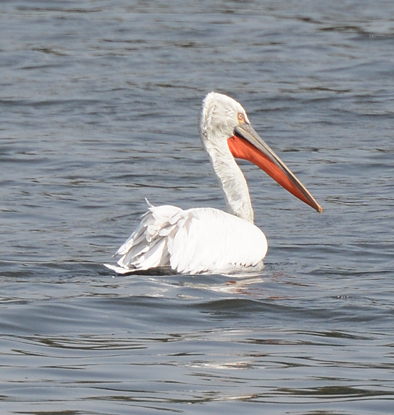
Striated Heron

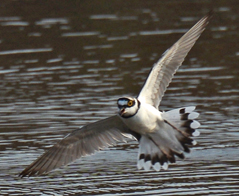
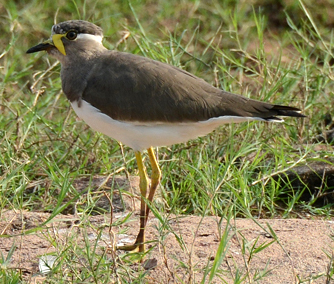
Yellow Wattled Lapwing
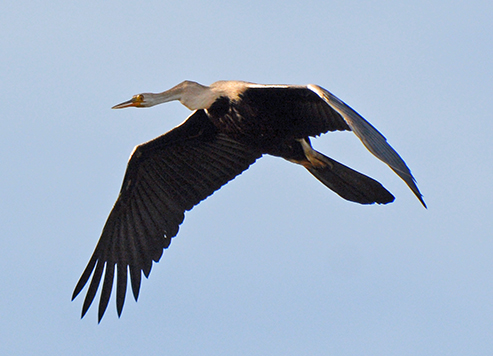
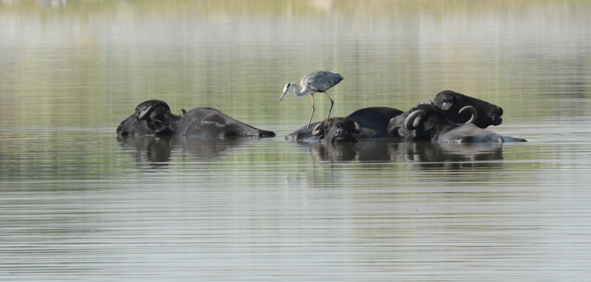
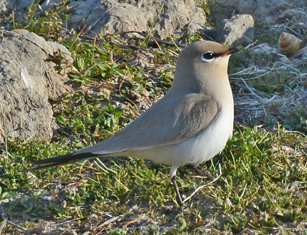
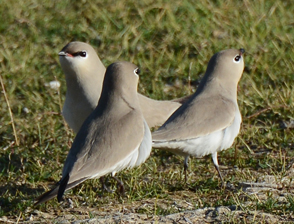
Small Pratincole - courtship
River Tern (imm}
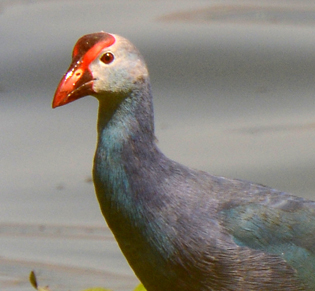
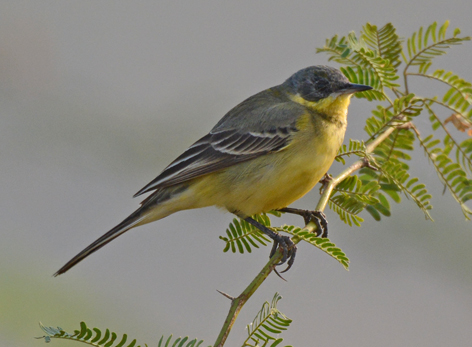
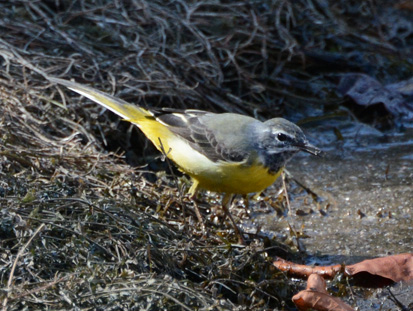
Yellow Wagtail - (feldegg)
Grey Wagtail
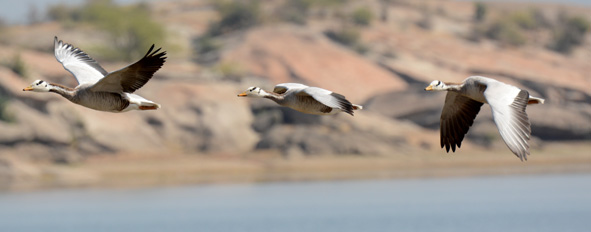
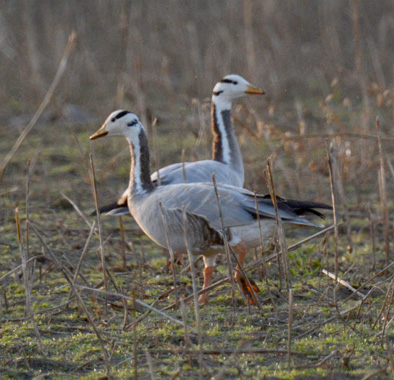
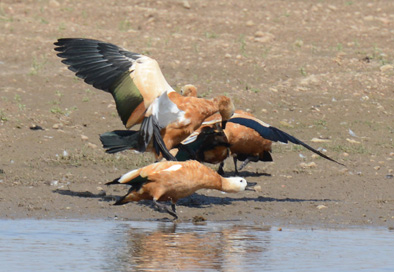
Bar-Headed Geese


Female Shoveler
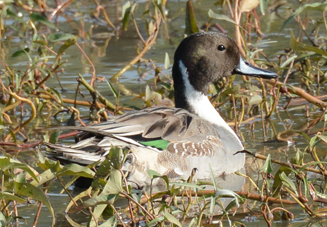

Darter
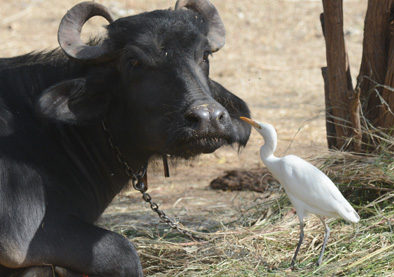

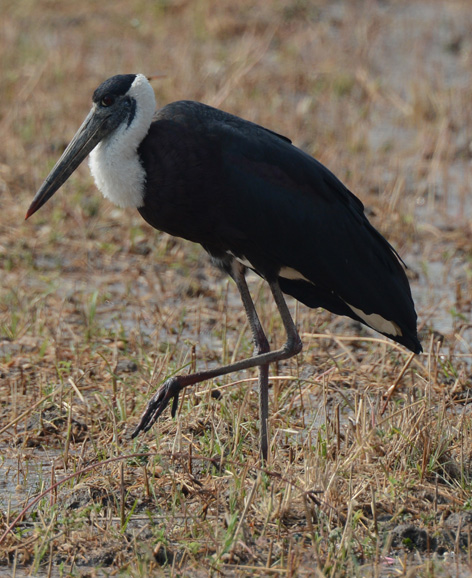

Red Naped or Black Ibis
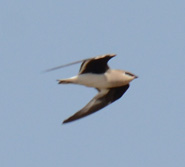
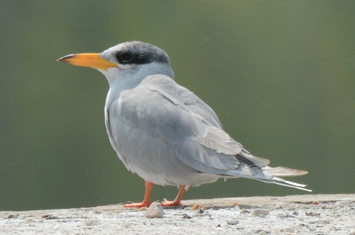
CRANES

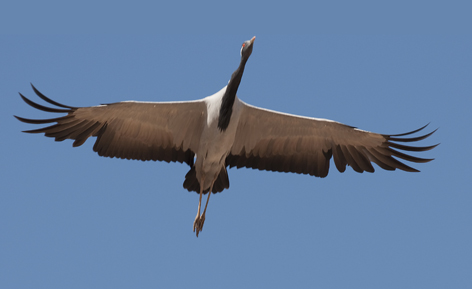
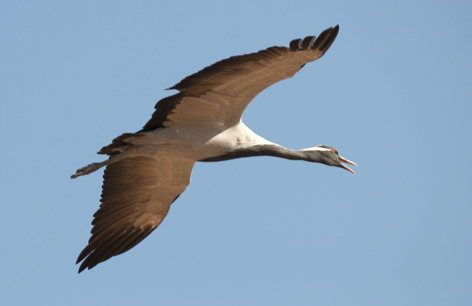


Common Crane
The Common Crane is larger than the Demoiselle Crane, seen here with a young one.
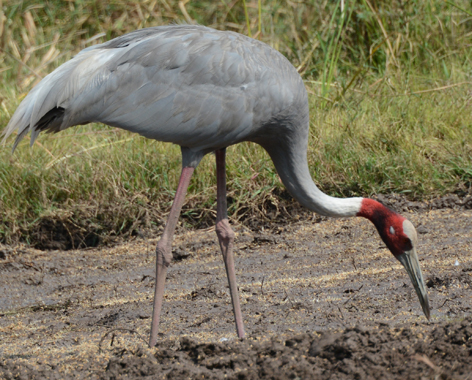
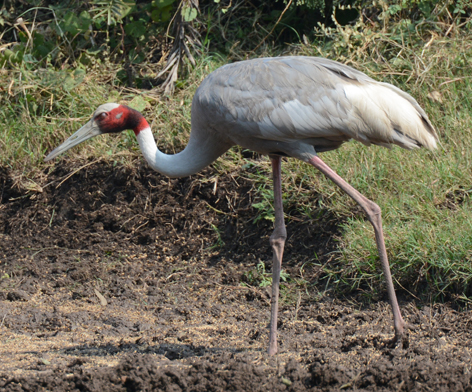
STORKS
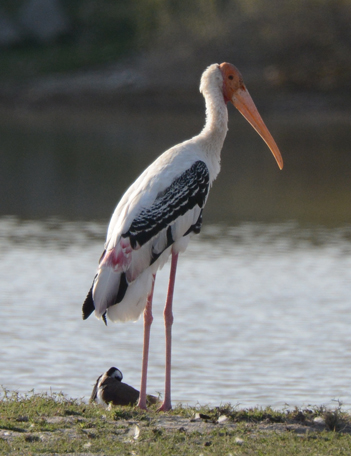
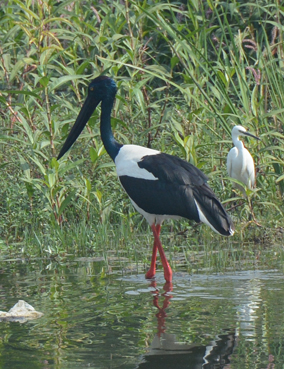
The Black Necked Stork is a globally threatened species. This is the only one I've seen in Rajasthan
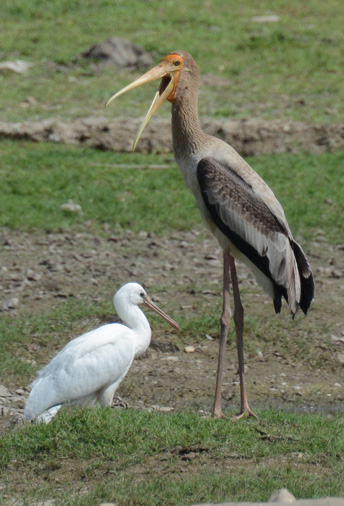
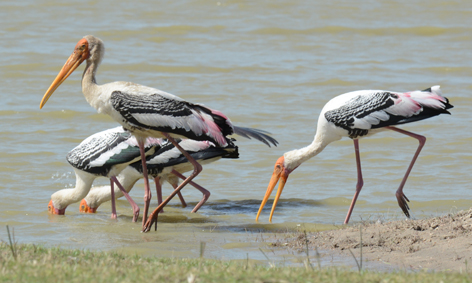
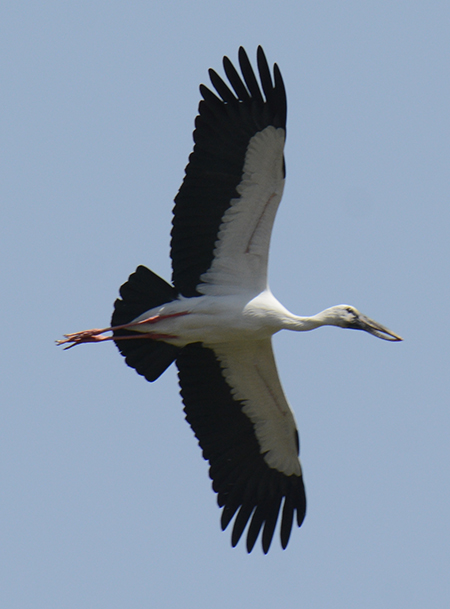
PELICANS
IBIS

The Greater Flamingo is a winter visiter to Rajasthan feeding on the invertebrate- rich waters and finding time to do a little courting.
FLAMINGO
KINGFISHERS
HERONS AND EGRETS
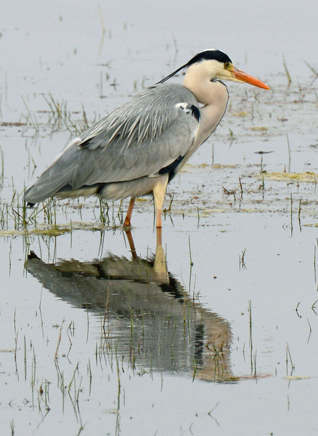
Grey Heron
WADERS
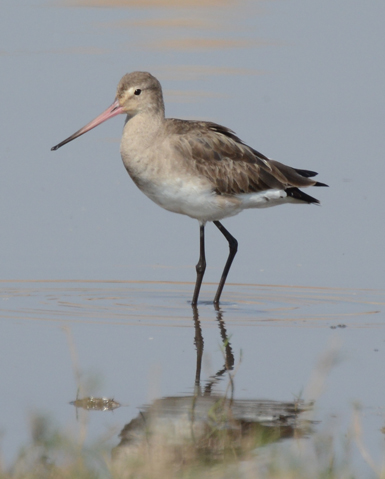
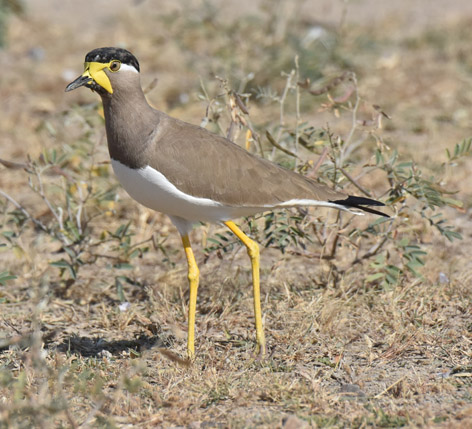
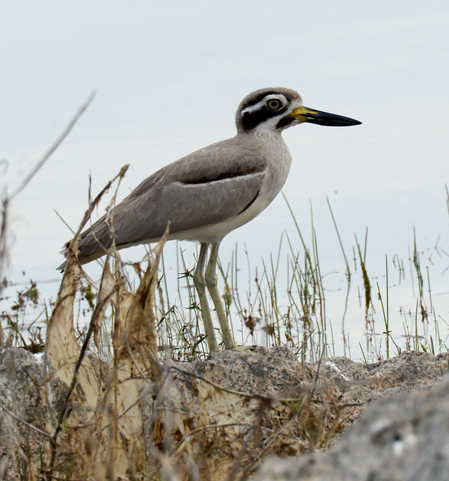

Green Sandpiper
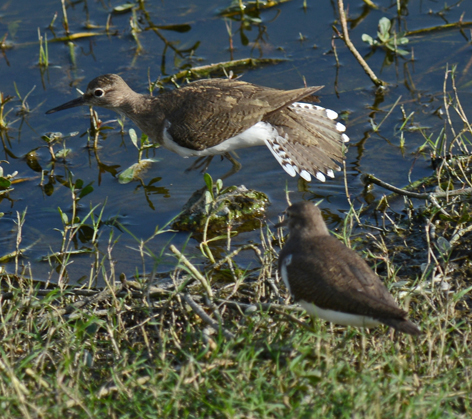

Common Sandpiper Courtship dance
Common Snipe
Spoonbill
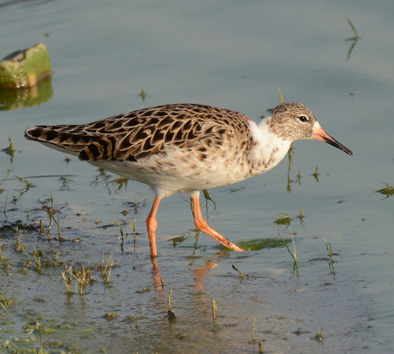
Ruff

Redshank
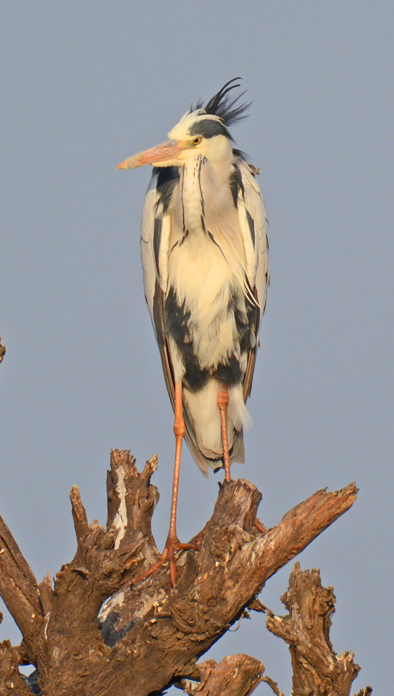
WATER BIRDS
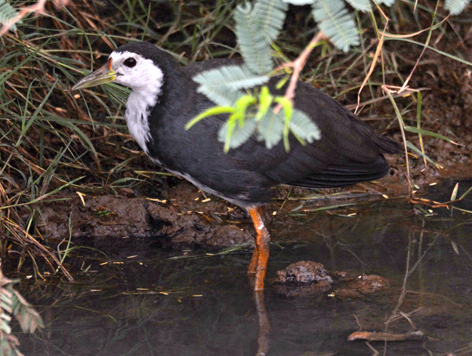
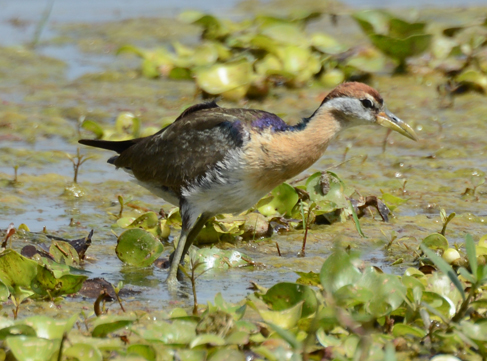
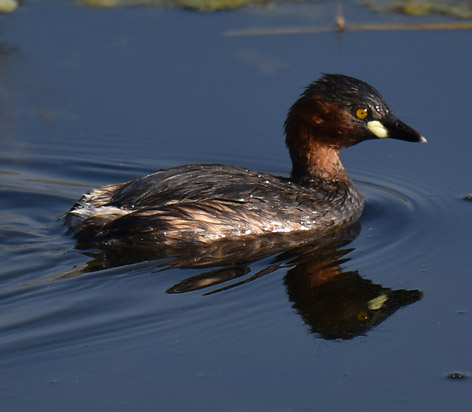
GEESE
Male Pintails
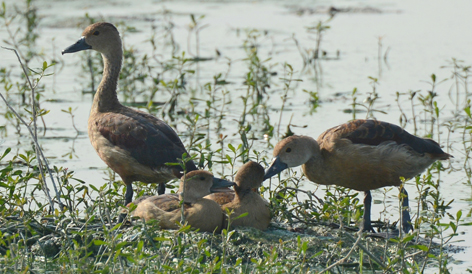
Lesser Whistling Duck with young
Gadwall
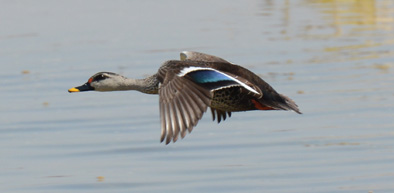

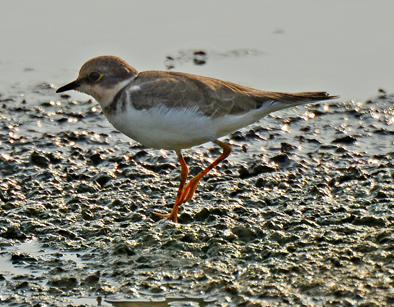
Ringed Plover
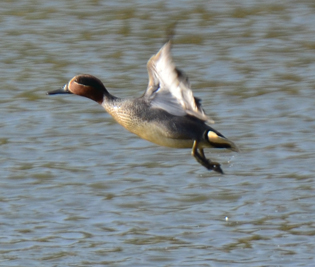
DUCKS
Like the Demoiselle Cranes, Bar Headed Geese fly ove the Himalayas to winter in Rajasthan. They have been recorded flying as high as 23,00 ft.

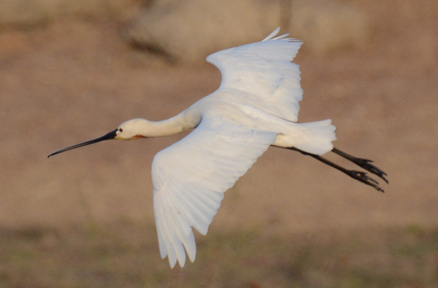
Spoonbills
Spoonbill
Little Ringed Plover
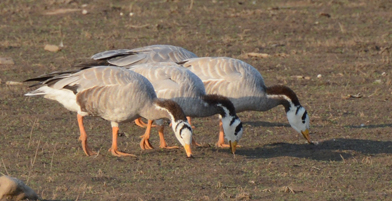
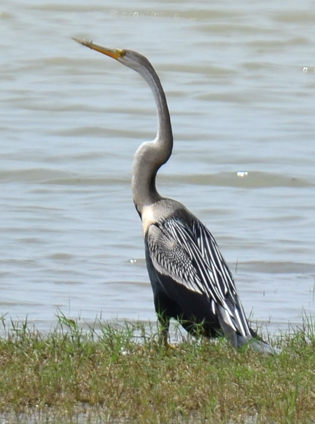
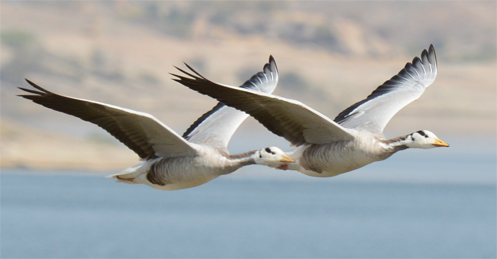
Darter
TERNS & GULLS
Bar-Headed Geese
Bar-Headed Geese
Cotton Pigmy Goose or Cotton Teal .
PRATINCOLE
WAGTAILS
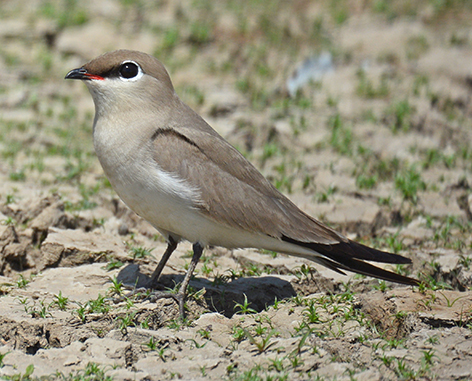
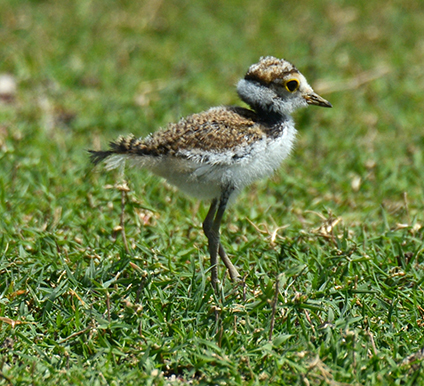
Little Ringed Plover Chick
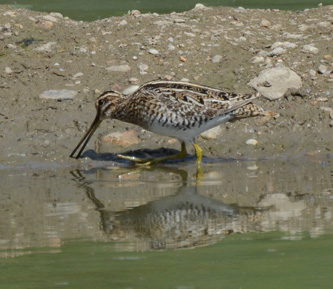
Common Snipe
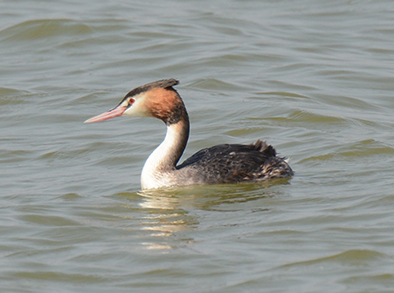
Great Crested Grebe
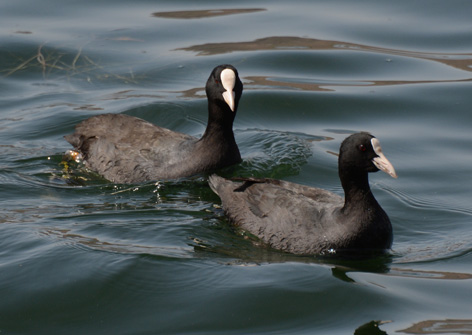
Coot
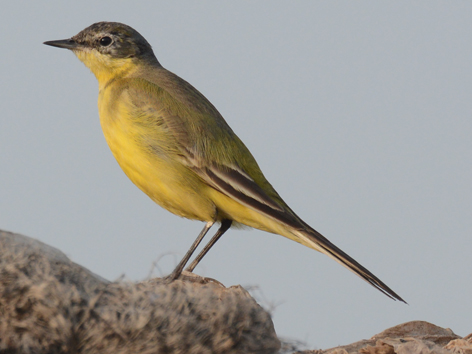
Yellow Wagtail - (thunbergi)
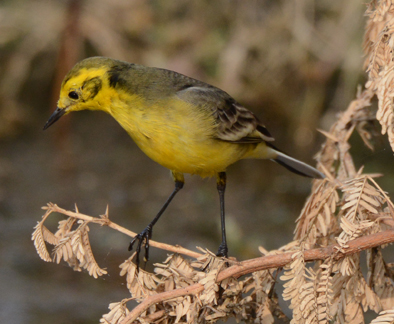
Citrine Wagtail - imm - (Calcarata)

Grey Wagtail


Yellow Wagtail - imm - (lutea)
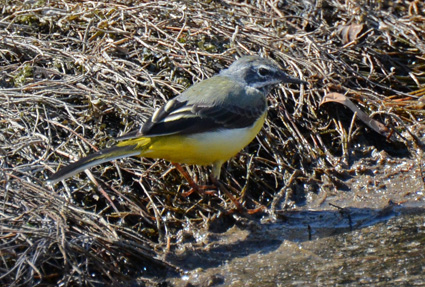
Grey Wagtail

White Wagtail - (dukhunensis)
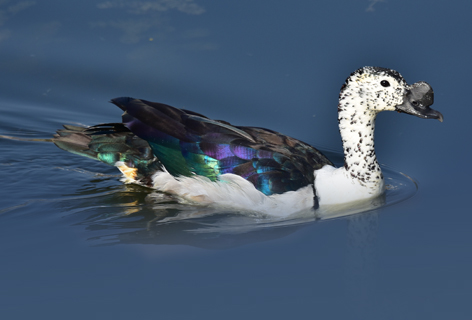

Black Crowned Night Heron
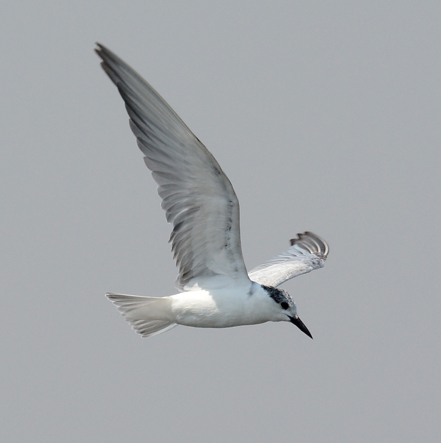
River Tern
Pallas's Gull
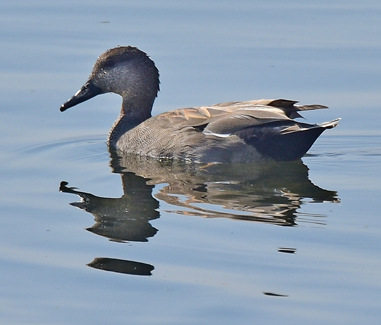
Gadwall
